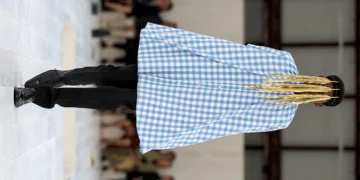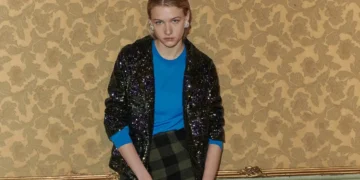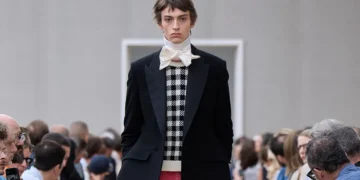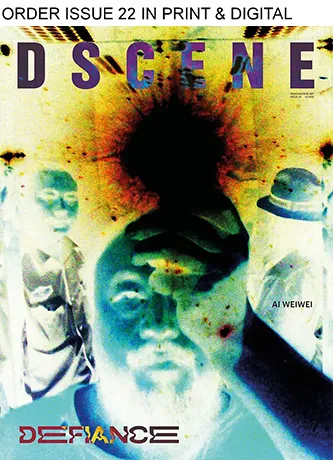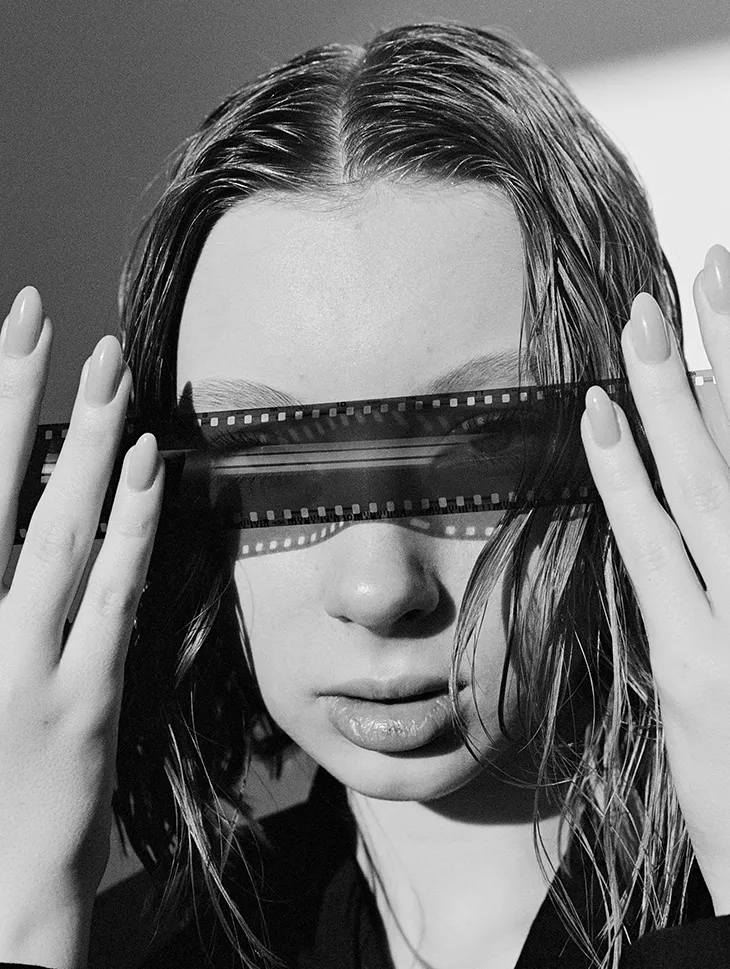
Modeling often involves fast-paced schedules, limited oversight, and temporary teams. Most assignments proceed professionally, with agreed terms and clear expectations. But in some cases, boundaries are crossed, either through inappropriate behavior or unsafe working conditions. When this happens, the issue moves beyond poor conduct and enters legal territory. Sexual assault, harassment, and personal injury on set are not industry norms. They are violations.
When Comfort Turns into Compliance
Many models report feeling unsure of how to respond when something feels wrong but remains difficult to define. A photographer may request a more revealing pose than discussed. A stylist may adjust clothing without asking. Comments might begin with casual compliments but drift toward uncomfortable territory. These interactions often happen quietly, in one-on-one settings, which complicates reporting and discourages confrontation. Some models fear losing future jobs or developing a reputation for being “difficult.”
Unsafe Conditions and Physical Risk
Many modeling jobs come with environmental risks. Outdoor shoots in heat, indoor sets without ventilation, slippery surfaces, long static poses, and poorly constructed staging create frequent conditions for injury. Models may fall, faint, suffer muscle strain, or experience long-term health issues caused by extended hours or lack of access to water, food, or rest. While some of these situations are brushed off as part of the job, they are preventable, and therefore actionable.
When injury occurs due to negligence, the responsible party may include the photographer, client, producer, or agency that arranged the job. It does not matter whether the assignment was paid or unpaid. Labor protections apply to freelance and editorial work, even when contracts are informal or verbal. If unsafe working conditions result in physical harm, the case can qualify under personal injury law.
Models may hesitate to report these injuries for fear of appearing weak or unprofessional. But refusing to speak up can lead to more serious harm. Documenting the condition, seeking medical care, and reporting the situation can create both personal accountability and systemic change.
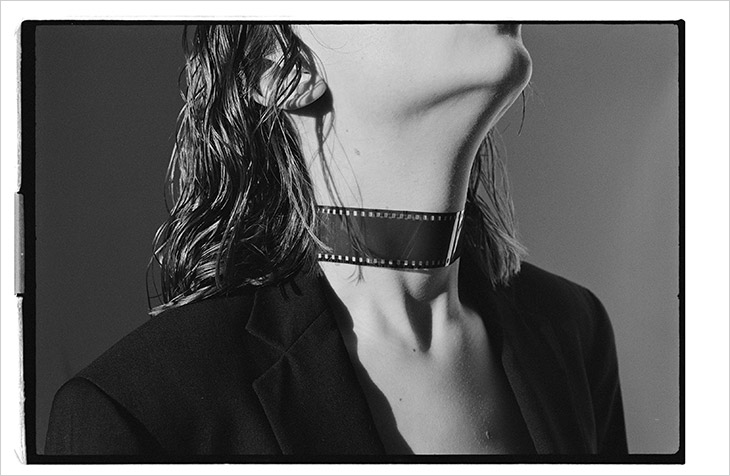
When Serious Lines Are Crossed
When an incident involves sexual assault or personal injury, action should follow immediately. These are not minor problems to be handled informally. They can have long-term emotional, physical, and financial consequences.
Begin by preserving as much evidence as possible. Write down what happened in detail, including names, times, and locations. Save messages, emails, contracts, or any photos or videos related to the assignment. Seek medical care and request documentation of any injuries.
After documenting the situation, consult a legal professional who specializes in personal injury or sexual assault cases. In California, legal protections for workers extend fully to models. Civil attorneys in the state often handle sexual misconduct and injury claims within the fashion and entertainment sectors. The California Dordulian Law Group, for example, works on such cases with a focus on civil support for survivors and injured workers. Firms like this help models evaluate claims without pressure to take immediate action.
Not every victim chooses to pursue legal action, but knowing the available options can help clarify next steps. Legal support also helps ensure that rights are protected if a case moves forward.
Understanding Consent and Power Dynamics
Consent remains a critical element in all modeling work. Whether posing for a fashion editorial or commercial campaign, models must agree to each aspect of the shoot, including wardrobe, movement, and physical contact. Even if a model signed a contract in advance, they retain the right to withdraw consent or raise concerns at any point.
Power imbalances can make it harder to exercise those rights. A model may feel pressure to comply with last-minute changes from a photographer, director, or stylist who controls future opportunities. This pressure can quickly shift into coercion, especially when a model feels isolated or unsupported. The presence of clear communication, advance planning, and respect for boundaries reduces those risks.
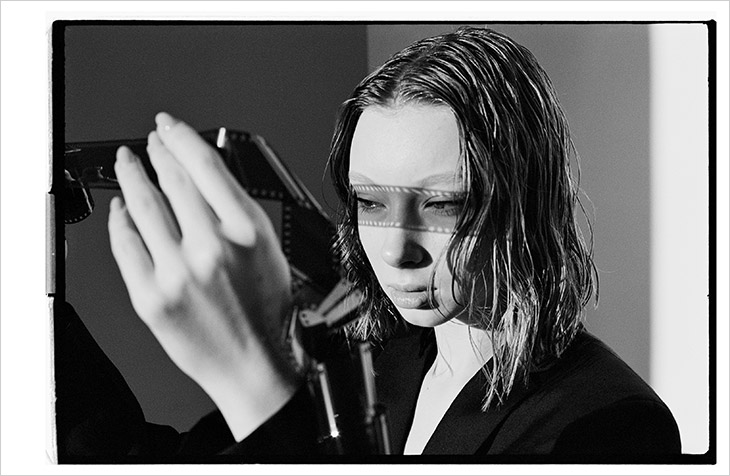
Creating Safer Work Environments
Agencies, clients, and creative teams must work together to promote safety. This begins with clear pre-shoot communication about expectations, duration, wardrobe, and required actions. If something changes on set, consent should be reconfirmed, never assumed.
Shoots involving nudity, simulated intimacy, or physically demanding conditions may benefit from the presence of a third-party advocate or intimacy coordinator. These professionals help monitor interactions and ensure that consent remains central. Even without a formal advocate, a second team member in the room can help discourage misconduct and provide support if something goes wrong.
Clients can also improve conditions by providing adequate time for rest, hydration, and breaks, especially during outdoor or high-pressure shoots. Proper footwear, equipment, and access to safe facilities make a measurable difference in reducing injury.
Support Within the Industry
Many professionals inside fashion want to see safer conditions and clearer standards. Models now share experiences and warnings more freely through online platforms, advocacy groups, and private forums. Peer support helps individuals speak out and reinforces the message that safety matters more than reputation or booking potential. Some models choose to work only with teams known for consistent professionalism.
Moving Forward With Clarity
Professional boundaries in modeling are not flexible under law. Consent, safety, and fair working conditions are not optional, they are enforceable rights. When a line is crossed, models can respond without shame and without delay. The law is not a last resort. It is part of the structure protecting every worker, including those in fashion.
Images from Cut Off by Pavel Revenko – see full article here.














